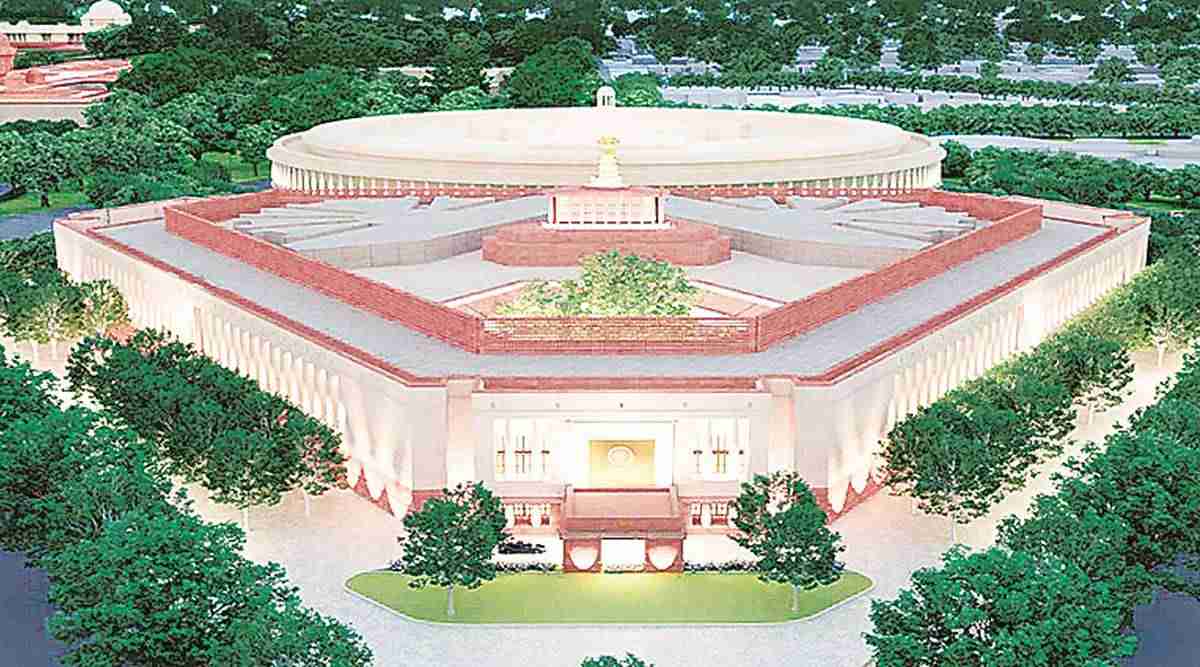Highlights:
- Central Vista Project gets green flag from Supreme Court of India
- The project was approved in a 2:1 verdict from the apex court
- The cost of the Central Vista Project is said to be ₹ 20,000 crore
The construction of the new Parliament complex close of India Gate in New Delhi can now start as the Supreme Court of India, on Tuesday, gave it a go-ahead in response to the petitions filed challenging the Central Vista Project in its clearances and permissions.
The three judge bench of the Supreme Court said, “We hold that there are no infirmities in clearances given, change in land use,” in the majority verdict.
The novel parliament building will be the centrepiece of the Central Vista Project which is said be cost around ₹ 20,000 crore and aims to build new and refurbish the old government building on part of the 4 kilometre stretch from the Rashtrapati Bhavan (President’s House) to the India Gate, in the National Capital.
Recently the government held the groundbreaking ceremony of the new parliament building, which was attended by various delegators and politicians including the Prime Minister of India Narendra Modi. The government had assured the apex court that unless the judgement is delivered, no construction work will commence.
The three judge bench of the Supreme Court of India which comprised of Justices AM Khanwilkar, Dinesh Maheshwari and Sanjiv Khanna were hearing the petitions which had raised concerns over the permissions given – including the No-Objection Certificate (NOC) by the Central Vista Committee and the environmental clearances for the construction of a new parliament building.
Also Read: After Vandalism, Reliance Goes To Court Saying, “No Plan To Enter Corporate Farming”
In his verdict, Justice Sanjiv Khanna, who was the only judge to give an alternative view, held the project “bad in law” in terms of the land use for two reasons”
- “There is no intelligible disclosure of public participation”
- “and no prior approval of heritage conservation committee”
The Judge added, “I have sent the issue to heritage conservation committee… we have not gone into the merits of matter,” who had agreed on the aspect of the notice, an award of consultancy and the order of the Urban Commission.
Defending itself in the court, the government claimed that the current British-era Parliament House, which was opened in 1927, has less space and lack fire safety norms and it was also not earthquake-proof.
The government also said that all central ministries are required to be one place in order to improve the efficiency of the government.
It was also argued by the government that the Central Vista Project is a policy decision and the court cannot strike down policy decisions unless they violate any fundamental rights.
The government, arguing in the court, said, “It is a policy decision that all central ministries should be at one place and that place has to be one which has historical significance”.
On Tuesday, the Supreme Court of India ordered the government to set up smog towers which will act “as an integral part of the Central Vista project and use environmentally friendly construction material. The environment ministry will pass similar directions for any future projects”.


